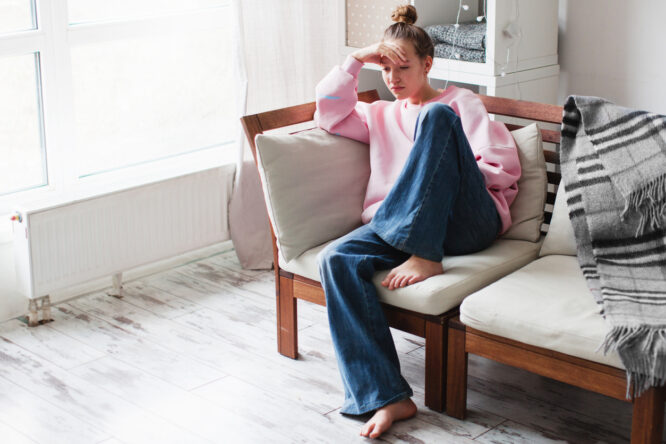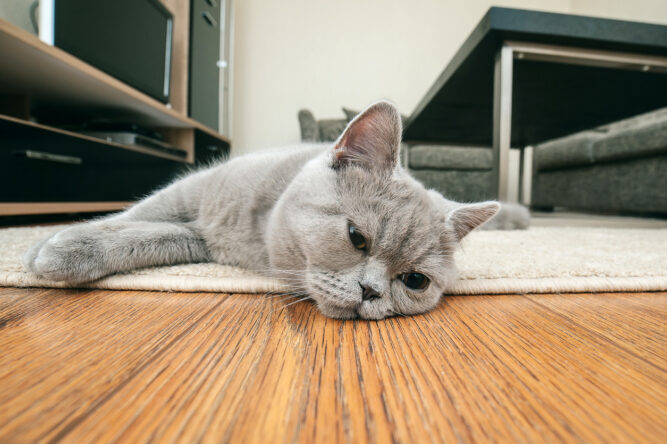Tote bags seem like simple accessories—handy, cute, and great for slinging over your shoulder when you’re running errands.
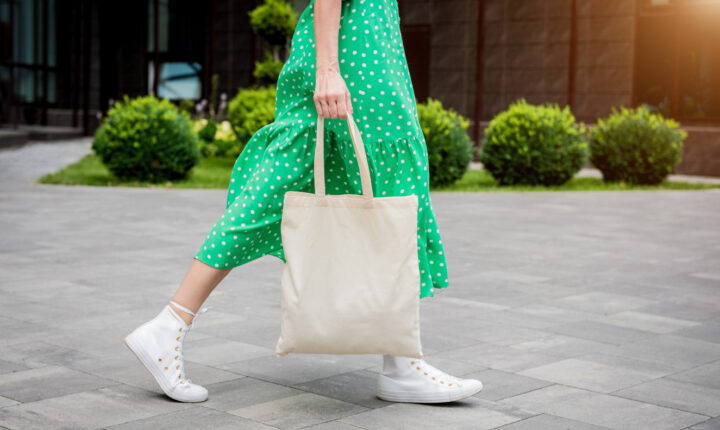
However, behind their casual vibe, tote bags have a surprisingly rich (and sometimes complicated) story. They’ve evolved from practical tools to cultural icons, all while picking up a few unexpected facts along the way. Here are some of the more surprising things about tote bags you probably didn’t know.
1. Tote bags have been around a lot longer than you think.

While they feel like a modern staple, tote bags actually date back to the 17th century. The word “tote” itself means “to carry,” and early versions were used for hauling just about anything before structured handbags became common.
It wasn’t until the 1940s that tote bags really entered the mainstream, thanks to companies like L.L.Bean creating rugged canvas versions for everyday use. What feels trendy today has actually been practical for centuries.
2. They were originally designed for carrying ice.

One of the earliest mass-market tote bags, L.L.Bean’s Boat and Tote, was originally created in 1944 to carry blocks of ice. It had a heavy-duty canvas build with reinforced seams to handle wet, heavy loads without falling apart.
Fast-forward a few decades, and that same tough design became popular for beach trips, grocery runs, and farmers’ markets. It’s funny to think the chic tote you sling over your shoulder started out lugging ice chunks.
3. Eco-friendly? Not always as much as you think.

Tote bags are often praised as the eco-friendly alternative to plastic bags, but if you own 10, 20, or 30 totes (and don’t use them regularly), the environmental savings aren’t quite as straightforward.
It takes a lot of resources to produce cotton totes, and they need to be used hundreds of times to offset their production impact. The best tote is the one you actually keep using over and over again, not the one gathering dust in your closet.
4. They became political and cultural symbols.

Tote bags aren’t just practical—they’ve become mini billboards for social causes, political campaigns, and cultural movements. Whether it’s a climate action slogan or a feminist message, a tote can quietly broadcast your values everywhere you go.
What started as a simple carryall has turned into a canvas (literally) for people to show what matters to them without saying a word. It’s protest art and personal branding wrapped up in one unassuming bag.
5. Designer totes were once controversial.

Luxury brands like Louis Vuitton and Dior eventually turned simple totes into status symbols with eye-watering price tags, sparking debates about whether a “working-class” bag should become a luxury item.
Some fashion insiders saw it as playful irony, while others thought it was tone-deaf. Either way, the tote bag’s journey from ice hauler to thousand-pound accessory shows how complicated fashion’s relationship with authenticity can be.
6. Bookshops played a huge role in their modern popularity.

If you’ve ever seen someone proudly carrying a tote bag from their favourite indie bookshop, you’re seeing a tradition that helped keep tote culture alive. Stores like The Strand in New York made branded totes cool again in the late 20th century.
These bags became almost as important as the books inside them—a way to quietly announce your literary tastes while supporting local businesses. Bookshop totes gave a whole new generation a reason to love carrying a simple bag.
7. Artists have turned tote bags into walking galleries.
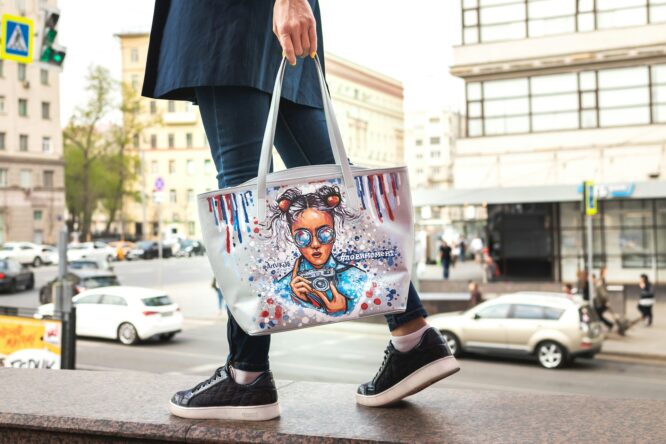
From small indie illustrators to major collaborations with big museums, tote bags have become blank canvases for art. Limited-edition totes now feature everything from famous paintings to edgy political cartoons.
Owning a unique tote can feel like carrying a piece of art history or supporting an artist you love, all while hauling your groceries. It’s a surprisingly democratic way to bring creativity into daily life without needing gallery walls.
8. There’s an actual “tote bag fatigue” happening.
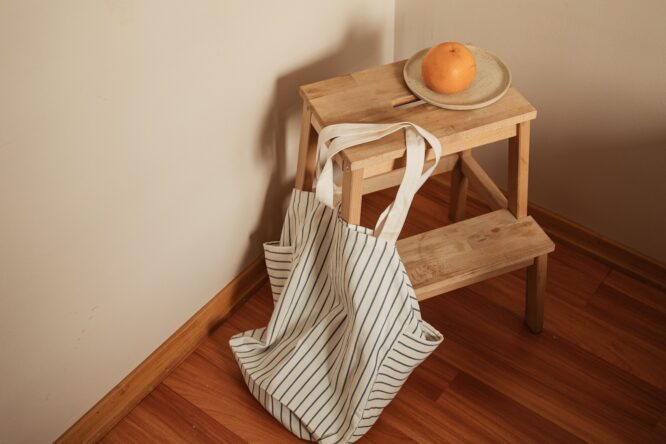
Between giveaways, conference swag, charity fundraisers, and shopping trips, many people have accidentally accumulated entire armies of tote bags—way more than they could ever use regularly.
This has led to what some call “tote bag fatigue,” where the once-beloved accessory starts feeling like clutter. Sustainability experts now gently suggest resisting the urge to collect every free tote and sticking with a few durable favourites instead.
9. Some libraries loan out tote bags like books.
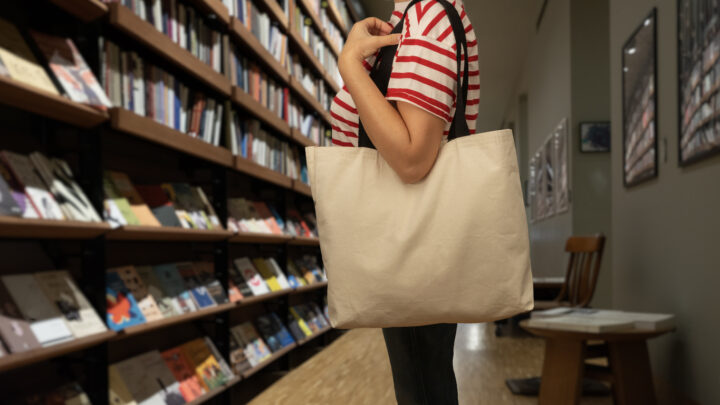
In an effort to encourage eco-friendliness and creativity, some public libraries have started offering tote bags as part of their lending programs. Borrow a tote, use it for your books or errands, then return it along with your library haul.
It’s a clever way to reduce single-use bags and promote the idea that even practical objects can have a shared, community spirit — plus, it’s pretty charming to check out a tote alongside your next great read.
10. The right tote can actually boost your outfit.
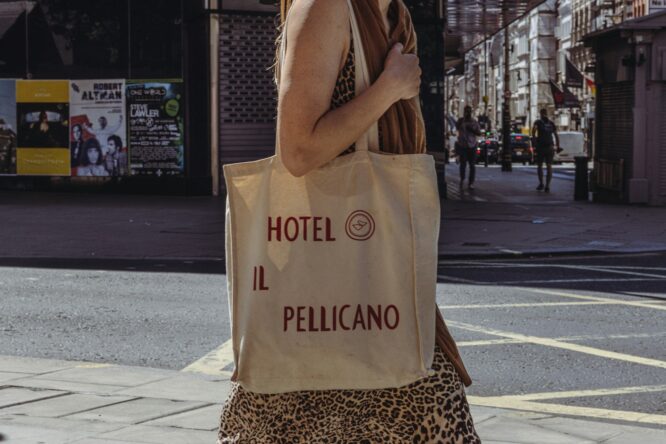
For all their practicality, a well-chosen tote can act as a low-key style statement. Minimalist black canvas totes, colourful art prints, or sturdy leather versions can pull an outfit together better than most clutches or backpacks.
It’s the magic of blending utility with personal flair, and when done right, it’s effortless. A tote bag says, “I’m ready for whatever the day throws at me,” but also, “I still care about looking good doing it.”

